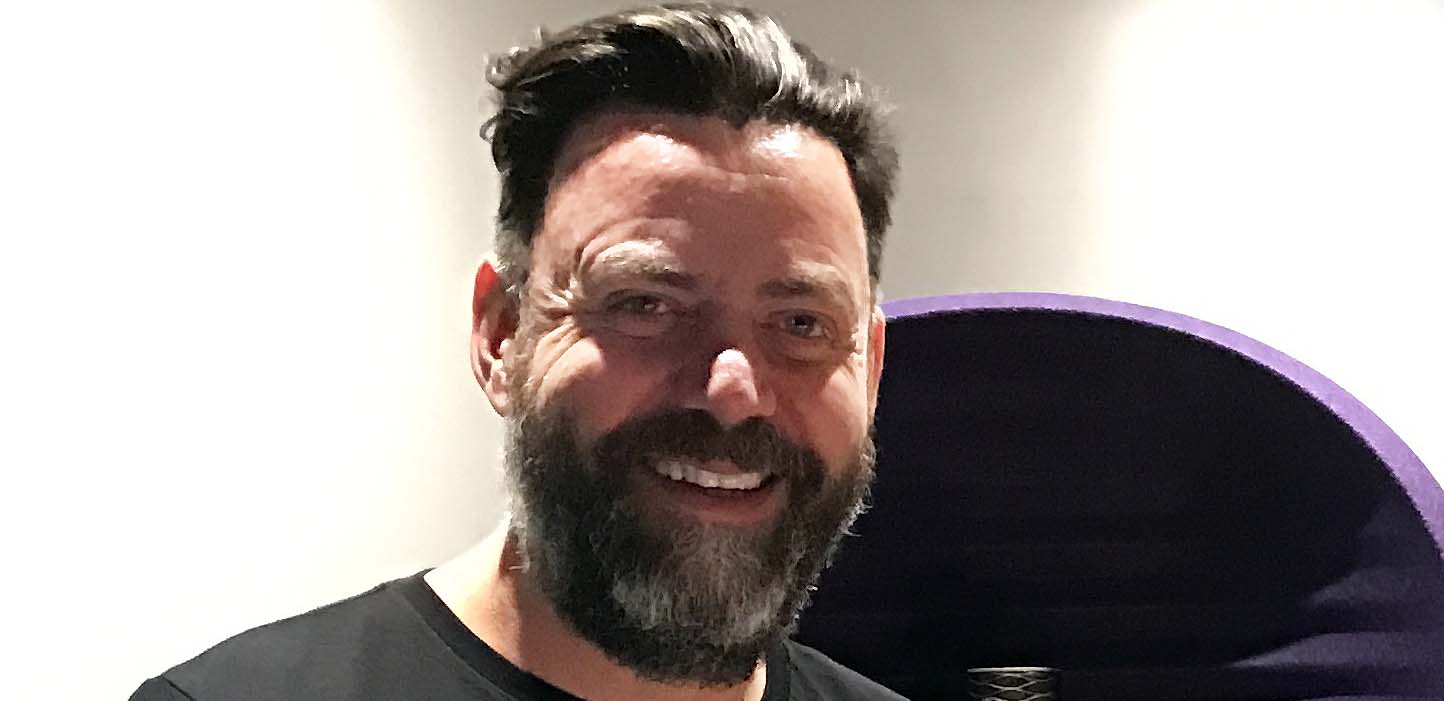Breaking the mould
In a rigid realm of manufacturing and design, Aston Microphones are pushing the envelope to reimagine and redesign what constitutes a quality microphone.
After founding SE Electronics back in 2002 and running its global operations for 12 years, Aston Microphones owner James Young found himself unexpectedly out of a job. Yet by the end of 2015, Young had launched his new manufacturing platform, with Aston’s Origin fixed cardioid condenser mic and their Spirit condenser mic breaking new ground in design strategy and sonic quality. It’s been the manufacturer’s willingness to question and challenge industry norms, says Young, which has resulted in the development of products that deliver above and beyond their modest price range.
“One of the biggest problems that you get with any market niche, and especially with things like microphones, is people say to you all the time, ‘Oh, it’s a really crowded marketplace, it’s really difficult to get into.’ In my opinion, the only reason people think the mic market is crowded is because everyone’s doing the same damn thing. There’s very little innovation – it’s just rehashes of products made 80 years ago, still copying Neumann mics basically. I think that’s in part because people are looking for cheap stuff, and if you want cheap you get OEM stuff and you don’t get a lot of R & D.
“And so we had an opportunity when we started Aston to either go down the OEM route and do what so many other ‘boutique’ brands have done over the last 10 years, or to do something from the ground up.”
With the absence of a mainstream microphone brand in the UK and an industry reliance on age-old design features, Young and his team identified areas where they could clearly make a difference.
“When we first sat down to start designing the products, the brief that we put together was to innovate, to make it a novel looking design because it needs to stand out, but not just for the hell of it, you know, it has to have some purpose. We need to match the kind of pricing of the other mass-market microphones; we want to do all of this and make it in the UK.”
From a technical standpoint, Aston began to question whether the essential parts of a microphone – the mesh head, the chassis and the capsule being separate from the PCB – were in fact, essential. In each case, the answer is ‘yes’ but the next question is ‘why?’ It was this line of questioning that acted as the catalyst for the remarkable mechanical innovation seen in both the Origin and the Spirit.
“A mesh head’s a good example,” Young says. “If you look at every other mic on the planet pretty much, from an SM58 through to a U87, they’ve got the same rigid, fixed mesh head. We’ve developed our signature waveform spring, and this is one of the areas where we were able to introduce a major cost reduction which we could pass on the inside of the mic so we could focus on the sound quality. It also meant that we could make it in the UK and hit price targets, and at the same time radically improve performance in areas such as capsule protection, shielding and plosive control.”
Mirroring the technical innovation found in both the Origin and the Spirit is an intense focus on sound quality. One that saw Aston Microphones completely abandon standard beta testing for double blind listening tests, conducted with 33 industry-leading, UK based, producers and engineers. The results of which are outstanding. “We gathered about 100 different capsules together from all over the world and we ran tests on those capsules, got rid of about 70% of them and then the last 30 we put through blind tests,” Young says. “So we chopped out the capsules from identical microphones, inserted different capsules into them and then ran tests on acoustic guitar, male and female vocals and sent those blind files out to the panel of endorsees who then ranked the recordings 1-5 and said ‘This one’s great, this one’s crap, I like this because of the high frequency, I hate this because it’s too boomy etc.’ And by that voting system and subjective commentary, we were able to whittle down the capsules to the last couple.
“We did exactly the same thing in reverse with the PCBs that we designed, putting different PCB designs with the same capsules, and blind testing them with the panel. This was done over a six month period; every couple of weeks we would send out a new batch of les, so it was very intensive. We ended up with 84% of the panel voting the two different Aston microphones you see on the market today as number one, and the rest voting them their number two. So it was absolutely a landslide that these two were the mics that have to go to market.
“By literally taking our hands off guiding the sound design completely, we’ve ended up with 33 high-level professionals choosing the sound of the microphone rather than two or three lab engineers. And I think that’s the real secret to how we’ve got it to the point where all the magazines reviews are saying, ‘Holy shit this is like a Neumann, or a Telefunken or Sony C800 and it’s a $500 mic’…which is a very cool place to be.”

